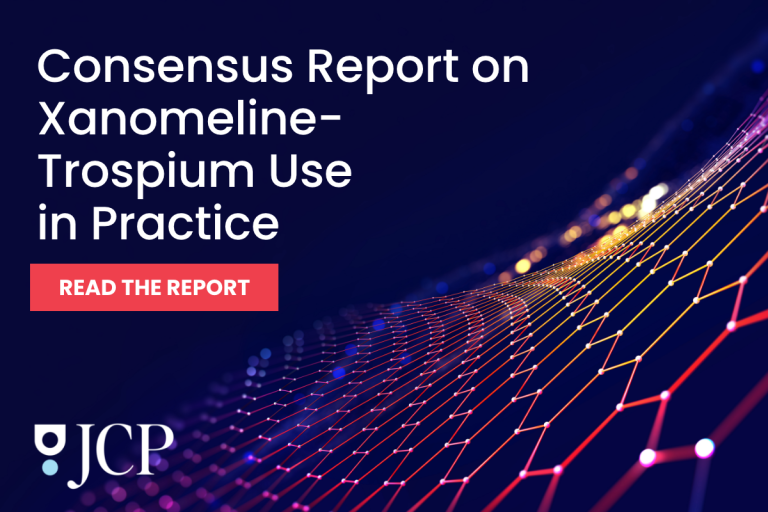Finasteride hit the market in 1997 with a simple, yet elusive, promise: stopping hair loss.
But nearly three decades later, a growing body of evidence suggests that this cosmetic quick fix might just come at a steep price that includes higher risk of anxiety, severe depression, and even suicide.

And, according to a new exhaustive review appearing in The Journal of Clinical Psychiatry, both the drug’s manufacturers – and the regulators charged with ensuring its safety – might have ignored these threats for more than two decades.
A Clear Pattern. A Murky Response.
The U.S. Food and Drug Administration (FDA) approved Finasteride for male-pattern baldness in the late 1990s. Merck & Co. originally developed the 5α-reductase inhibitor to treat prostate enlargement.
Early reports emerged in 2002 that described patients who developed sudden depression while on the drug. These symptoms recurred upon re-exposure and sometimes persisted even after patients stopped taking the drug.
But the FDA waited until 2011 to add “depression” to finasteride’s label. And it took another 11 years for regulators to acknowledge the risk of suicidality. And the European Medicines Agency (EMA) only followed suit a few months ago.
Between 2017 and 2024, eight independent studies – four using global adverse-event databases and the other four incorporating millions of medical records – uncovered a strong link between finasteride use and anxiety, depression, and suicidal behavior. Further analysis confirmed these findings weren’t a chance occurrence.
Researchers found elevated reporting odds for suicidal ideation (up to fivefold), and hazard ratios near two for depression and self-harm among users. These findings persisted even when researchers accounted for prior mental health conditions, hinting strongly at causality rather than coincidence.
The Biology Behind the Risk
Finasteride works by blocking an enzyme essential for producing neurosteroids such as allopregnanolone (brain chemicals that regulate mood, stress, and cognition). Lower neurosteroid synthesis can trigger or worsen anxiety and depression, and preclinical work links finasteride exposure to decreased hippocampal neurogenesis and increased neuroinflammation.
In some cases, these neurochemical disruptions linger long after discontinuation, a pattern consistent with the so-called “post-finasteride syndrome” described in patient reports.
The review estimates that about 4 million people worldwide have used finasteride over the past 20 years. Given average depression and suicide rates, that exposure could translate into hundreds of thousands of new cases of depression and potentially hundreds or thousands of suicides.
“The magnitude may be speculative,” author Mayer Brezis, MD, MPH, writes, “but the harm is real.”
Brezis, professor of medicine at Hadassah-Hebrew University Medical Center, argues that such a risk, the byproduct of a simple cosmetic drug, represents an unacceptable benefit-to-harm ratio. Under the precautionary principle, Brezis argues, manufacturers – not patients – should bear the burden of proving safety.
Hidden Data. Delayed Warnings.
Evidence of harm, Brezis contends, didn’t just crop up late. He insists that the manufacturer actively helped obscure it. A 2010 FDA safety review found suicide reports “lower than expected,” yet the agency redacted much of the underlying data – at Merck’s request.
With 4.6 million users by that time, simple probability suggests thousands of suicides should have been detected, but only 18 made it into official reports. By 2024, that number had shot up to 320 – still dramatically lower than statistical expectations.
Underreporting, Brezis notes, is almost guaranteed when neither patients nor clinicians recognize a link between a drug and mood. For years, many dismissed finasteride’s potential psychiatric impact as “nocebo” – psychological distress caused by negative media coverage – rather than a genuine biological side effect.
Who Failed. And Why They Did.
Brezis levels sharp criticism at both the manufacturer and regulators. Merck, he points out, never conducted or published postmarketing analytical studies on finasteride’s psychiatric risks, despite having the tools and data to do so. Even after developing sophisticated database partnerships for real-world safety monitoring, the company remained silent. The FDA, he adds, failed to demand these studies, enforce timelines, or disclose internal deliberations.
This pattern, Bresiz argues, reflects a fundamental flaw with the FDA. The agency’s increasing reliance on industry funding, its limited postmarketing staff, and a history of siding with manufacturers even after safety concerns. He points to the Vioxx scandal as a noteworthy example.
“Transparency,” Brezis writes, “is crucial when facing inherent conflicts between innovation and public health.”
Even setting aside mortality, Brezis stresses that the public-health burden is staggering. Depression costs society roughly $24,000 per patient annually in treatment and lost productivity. If finasteride raises depression risk by 50%, that could mean 200,000 additional sufferers globally. That equated to roughly $4.8 billion per year in economic loss, eclipsing the drug’s total profits. And because many users obtain finasteride online, without medical supervision, informed consent is often nonexistent.
A Call for Change
Brezis concludes his analysis with a call for immediate reforms that include:
- A suspension of marketing for hair loss until safety is proven or a brain-impermeable alternative exists.
- Mandate post-approval analytical studies as a condition of market authorization.
- Require coroners and medical examiners to document medication histories in suicide cases.
- Ensure transparency in all FDA-manufacturer communications.
Brezis’ conclusion is stark and to the point. The two-decade delay in recognizing finasteride’s neuropsychiatric dangers represents “a preventable public-health failure.”
Further Reading
U.S. Suicide Deaths Reach Record High
Depressive Symptoms and Suicidal Thoughts Among Former Users of Finasteride



